The Azores: A land lost to time and Nature and Europe's answer to Hawaii
A new, direct flight route to The Azores is opening traveller's eyes to this extraordinary archipelago, says Rosalyn Wikeley, who discovers where to stay, the best restaurants and what to do
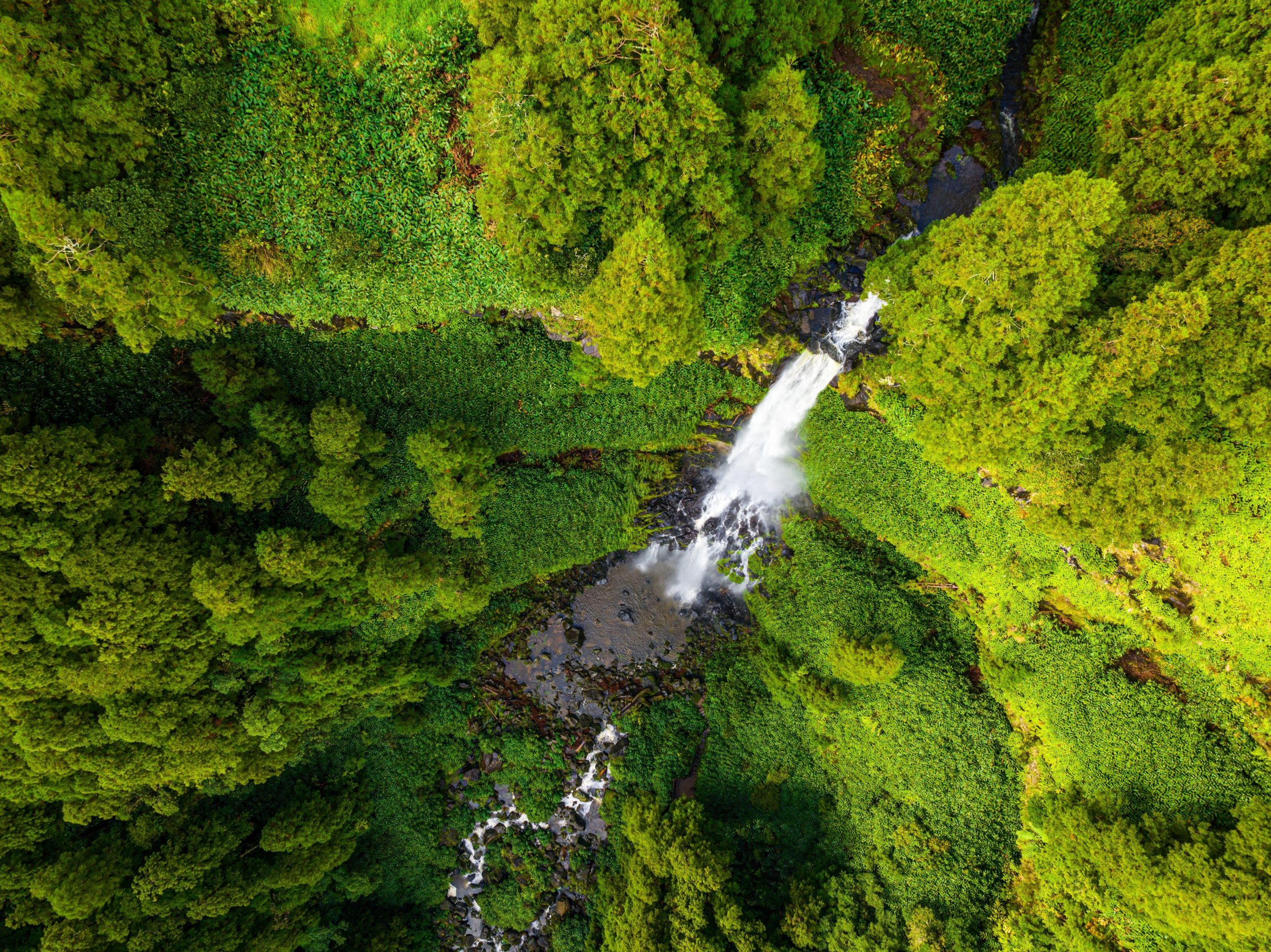

Topaz-hued lakes in the craters of dormant volcanoes; dark and stormy waterfalls, falling relentlessly; volcanic rock the colour of anthracite; 500-year-old vines drinking in the salty, Atlantic air—there’s a sense here that you’re miles away from all of it, which in fact, you are.
The Azores is an autonomous region of Portugal, cast adrift in the North Atlantic and warmed by the surging Gulf Stream. The dramatic topography owes its existence to millennia of volcanic bursts and mighty underwater trembles carving, compressing and forcing the peaks of ocean-floor mountains up for breath. Once exposed, moss, cedar forests, hydrangea and ginger lilies take hold, carpeting the ridges and crevices—and even clothing fences, pylons and billboards. This oft-described ‘Hawaii of Europe’ is now more accessible than others thanks to a new, direct British Airways flight route from London to Sao Miguel (a little more than four hours).
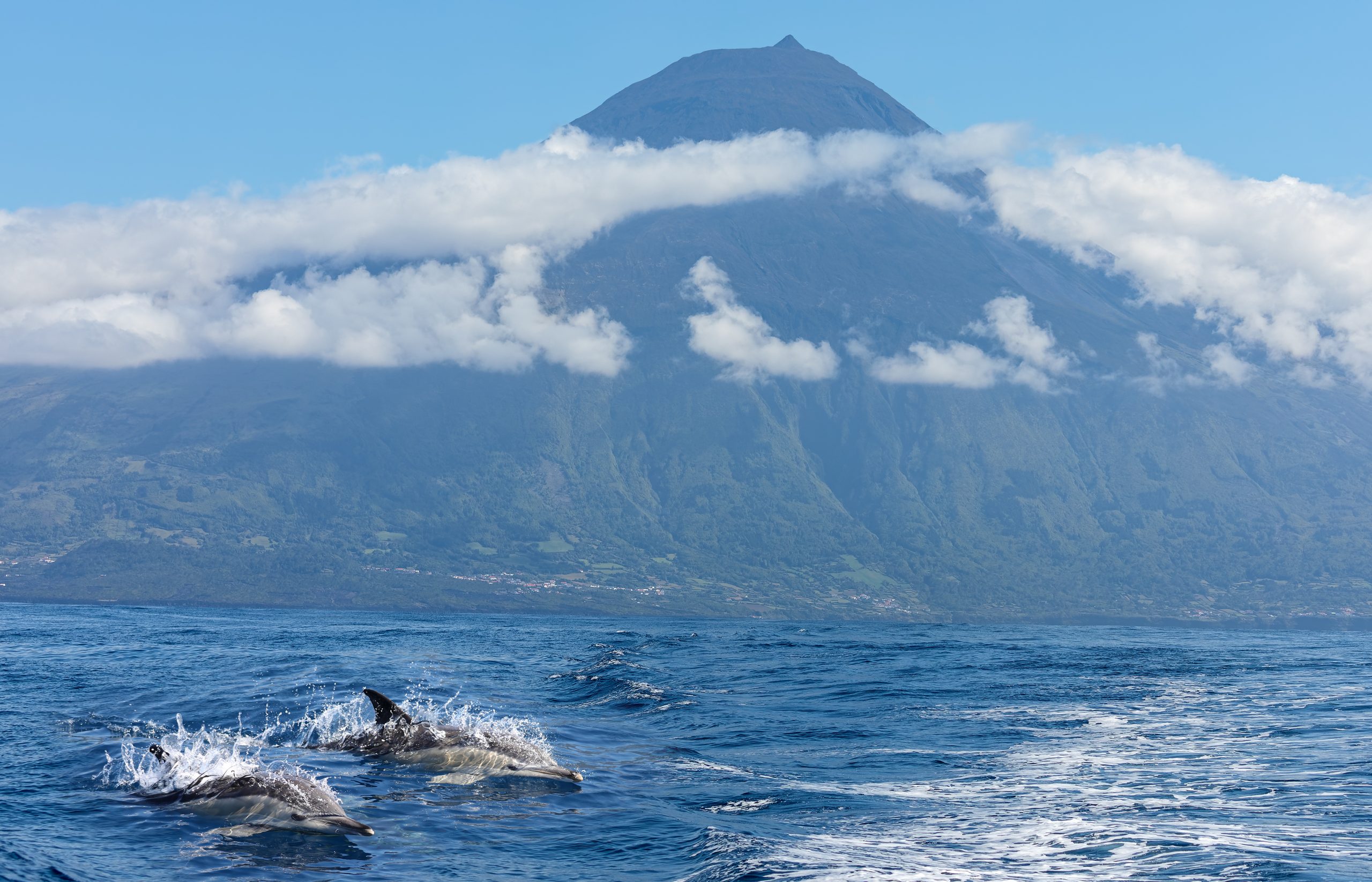
On a boat trip, looking back towards the islands, I imagine the lives of the lonely few who dwell on the lower lips of the cliffs, a few metres above the roiling sea. Their houses are sun-bleached and lovely, whites and blues, the cliffs behind ochre, cream and merlot red. I’m so consumed by the cliffs and by the water—which, in only a few hours, moves through every shade of blue and molten silver—that I nearly miss a school of bottlenose dolphins that swim up to inspect the boat and ride its wake. They’re enormous—larger than life, like everything here—longer, bluer and brighter, as if nourished by the abundance of food and space. Their cousins—common dolphins (above), sperm whales, humpbacks and even the magnificent blue whale—use The Azores as a migration pitstop or call it home.
We dock in Ponta Delgada—the capital of Sao Miguel, the most populous island in the group—to scenes of divers scrambling into wetsuits, psyching themselves up for possible shark, yellowmouth-barracuda and devil-ray encounters, and deep-sea fishermen readying their tackle.
Some of their catch makes it onto the menu at Octant Ponta Delgada, one of the islands’ few upmarket hotels and restaurants. Inventive riffs on traditional Azorean dishes are presented like little works of art, such as seared parrot fish, crispy piglet and a slow-cooked egg submerged in frothy ilha cheese soup. In-house wine workshops preach the virtues of Azorean terroir and climate; breakfasts are a feast of queijada de nata, local hams and cheeses, with fruits and local yoghurts drizzled in honey and pear jams, as mounds of pineapple chunks honour the island’s affection with the fruit (best observed at pineapple farm, Ananás dos Açores, where a tour is rounded off with a pineapple assault course of liquor, ice cream, jam and juice).
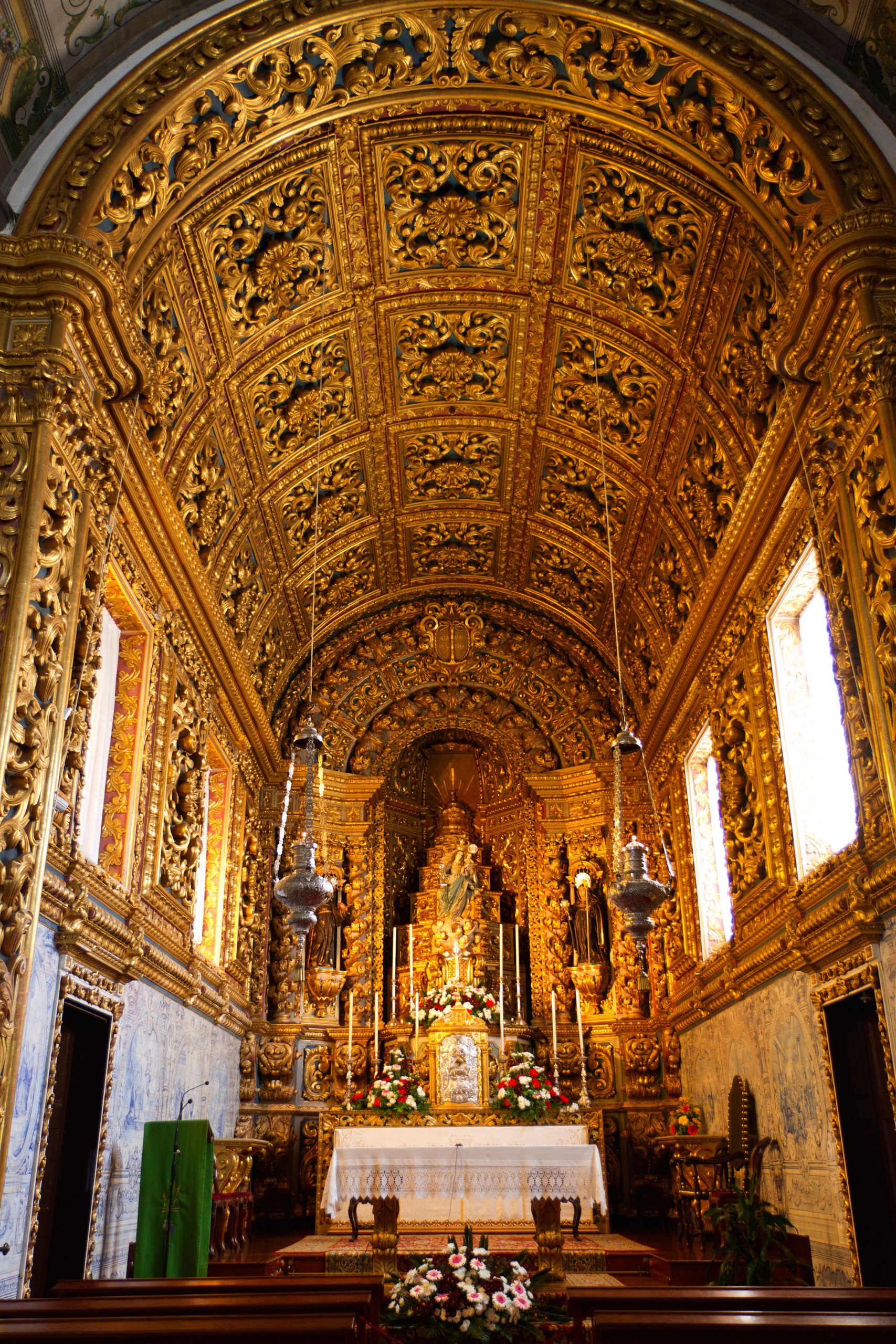
The capital is too often overlooked, but its lava-stone labyrinth of calçada streets and pretty churches (don’t miss the jewel-studded ceiling of The Holy Christ of Miracles Chapel, above) is on the brink of a major food and design movement. According to some, it’s the next Lisbon or Porta. That evening, we plot a hiking route over plates of clams drenched in white wine and pork Tomahawk with Furnas yam at Tasquinha Vieira, one of the city’s small, but mighty restaurants.
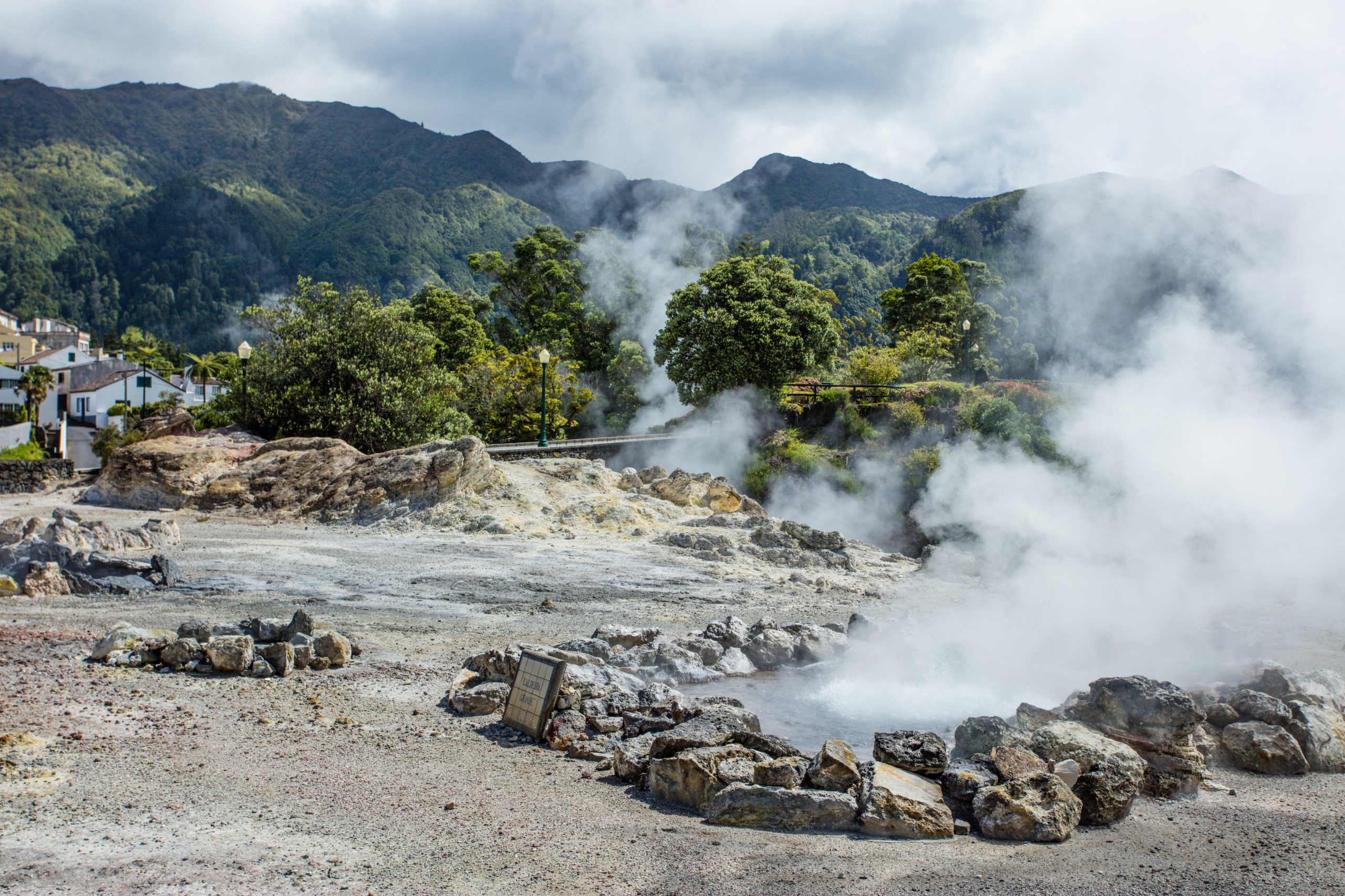
In Furnas, a traditional Portuguese town, sprawled across a volcanic crater, we set out on our hike, in search of its namesake, sulphur-rimmed lake. It’s not for the faint of heart and we stop to catch our breath next to the giant green leaves, each the size of an elephant’s ear, of the yam plant. Along the banks of the turquoise Lagoa das Furnas, chefs collect labelled pots of meat and vegetables left to stew in the thermal waters—a tradition that, despite the sulphur smell and selfie-taking tourists, is wonderful to witness. There are few card machines on the island so, without cash for a taxi, we clamber through the Parque da Grená, stopping for dips in fairy pools and to admire far-reaching valley views. Some 24,000 steps later, we are rewarded with bowls of hearty Cozido stew (pork, sausage and potato) at Banhos Férreos, plucked from the thermals at midday, and hunks of Bolo Lêvedo, a cake-bread hybrid.
Sign up for the Country Life Newsletter
Exquisite houses, the beauty of Nature, and how to get the most from your life, straight to your inbox.
The mosaic of natural pools, lagoons and heavy waterfalls that dot the islands’ landscape, not to mention the omnipresent ocean, mean that water is a way of life—in the mornings, locals often congregate in the waves on Ribeira Grande’s Santa Bárbara beach; in the afternoons, they sit in a steam stupor in the Termas da Ferraria, thermal pools on the coast. Come the evening, groups gather at Forte, a bar inside the ruins of an old fort, for a front-row seat to the Atlantic’s best sunset.
The Azores: Island-by-island
Sao Miguel
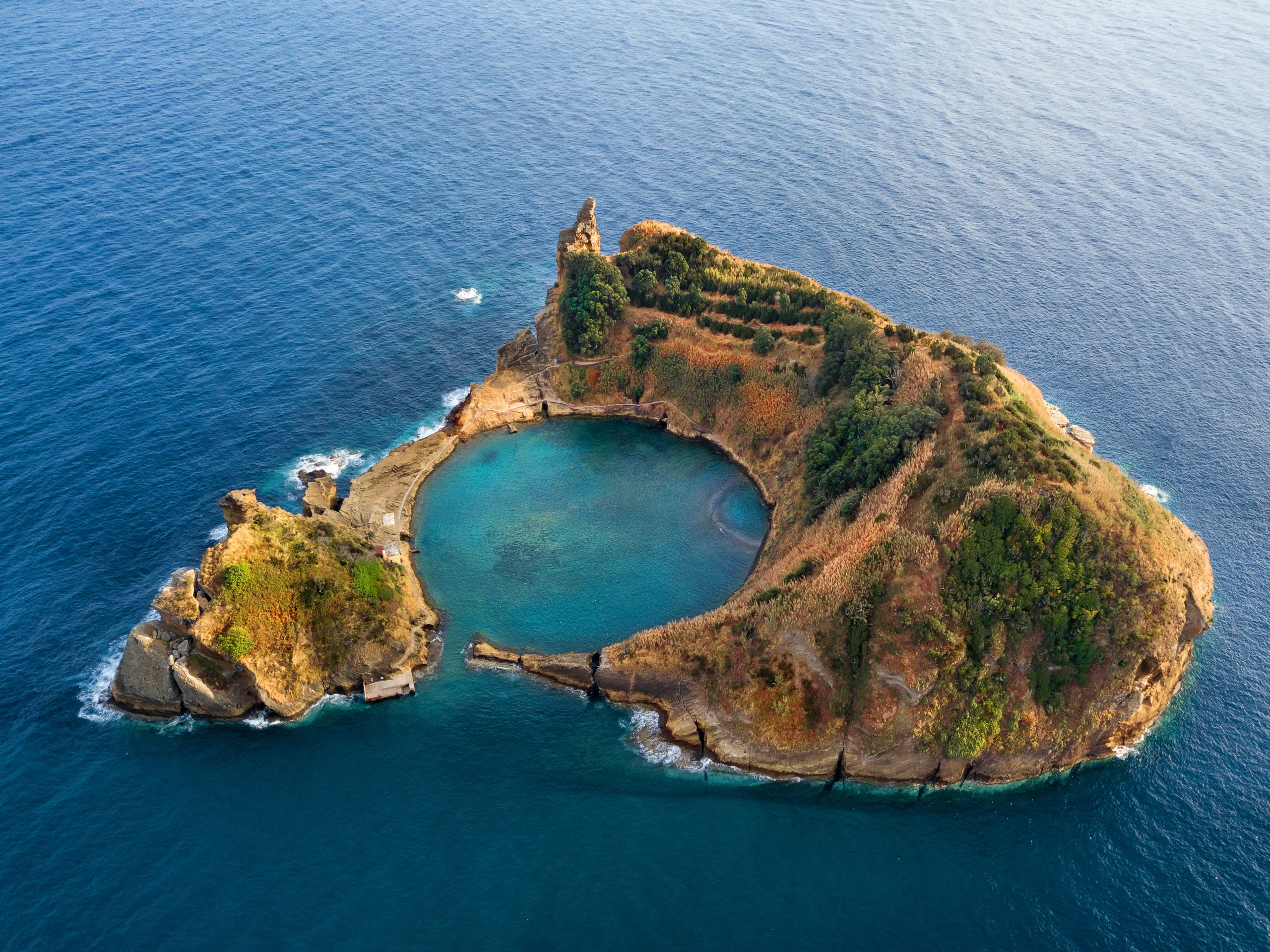
Where to stay
Where to eat
Õtaka (Japanese); A Tasca (traditional); Tasquinha Vieira (modern Azorean)
Where to drink
Forte Terrace; Ta Gente; Cé La Vi; Gin Library
What to do
Swim in Furnas’s thermal pools; explore Ribeira Grande’s walking trails; go whale watching, explore Nordeste; visit Sete Cidades’ twin lakes, swim around Vila Franca do Campo (above); go to Gorreana Tea Estate
Pico
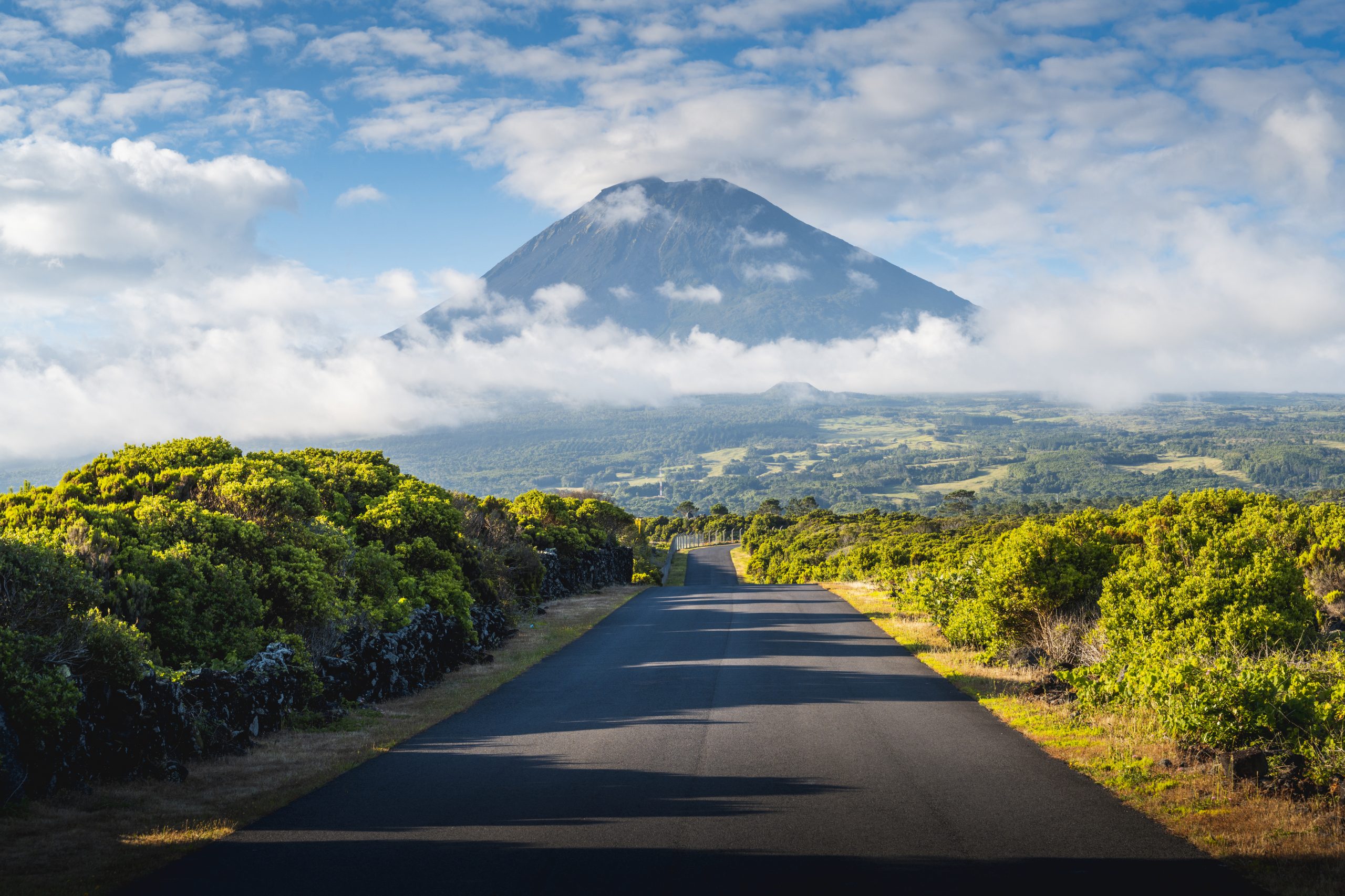
Where to stay
Where to eat
Aldeia da Fonte (steak); Ancoradouro (seafood); Maré Viva (seafood, in particular the Azorean limpets)
Where to drink
Cella Bar; Clube Navale de São Roque do Pico
What to do
Pick up some bottles at The Azores Wine Company; hike Pico’s 2,350-metre (7,710ft) volcano; get tickets to the annual Azores Fringe Festival in June; brave the Gruta das Torres lava tunnel; explore the UNESCO Criação Velha Vineyards; swim in Captain’s Lagoon.
Terceira
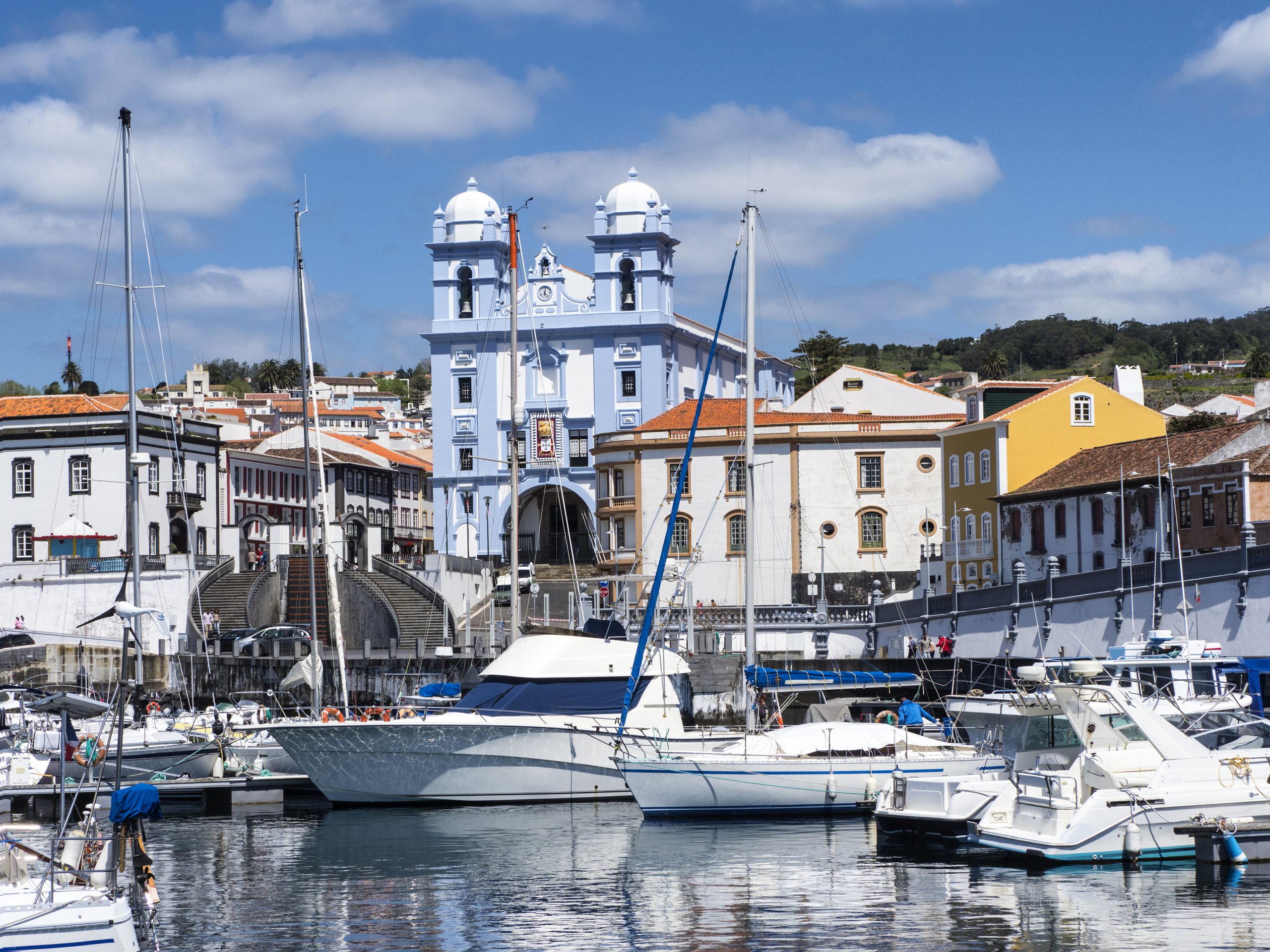
Where to stay
Caparica Azores Ecolodge or Quinta de Nossa Senhora das Mercês
Where to eat
Caneta (seafood); Boca Negra (octopus), Ti Choa (traditional)
Where to drink
What to do
Visit Terceira’s capital (and a UNESCO World Heritage Site) Angra do Heroísmo; peer down the Algar do Carvão volcanic vent; hike the Monte Brasil Península and Serreta trails; swim in the Biscoitos natural pools
Direct flights from London Heathrow to Ponta Delgada with British Airways are available between July 1 and September 2, 2023, from £422 including taxes fees and carrier charges (baggage included)
-
 'To exist in this world relies on the hands of others': Roger Powell and modern British bookbinding
'To exist in this world relies on the hands of others': Roger Powell and modern British bookbindingAn exhibition on the legendary bookbinder Roger Powell reveals not only his great skill, but serves to reconnect us with the joy, power and importance of real craftsmanship.
By Hussein Kesvani
-
 Spam: The tinned meaty treat that brought a taste of the ‘hot-dog life of Hollywood’ to war-weary Britain
Spam: The tinned meaty treat that brought a taste of the ‘hot-dog life of Hollywood’ to war-weary BritainCourtesy of our ‘special relationship’ with the US, Spam was a culinary phenomenon, says Mary Greene. So much so that in 1944, London’s Simpson’s, renowned for its roast beef, was offering creamed Spam casserole instead.
By Country Life